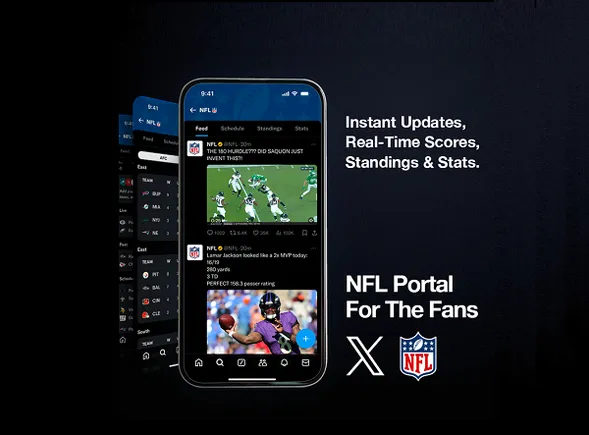The History of Social Media Since 2003
Can you believe it's been almost 20 years since Facebook was founded? Perhaps many of you feel like it was just yesterday when “friend” was a noun.

Can you believe it's been almost 20 years since Facebook was founded? Perhaps many of you feel like it was just yesterday when “friend” was a noun. The same goes for YouTube, which made video accessibility and shareability online as simple as can be. And Twitter, for that matter — sponsored tweets have only been around since 2010! It's interesting to look back at these iconic moments in the last 20+ years of social media. In this post, we’ll go over a complete timeline of social media history and what each network’s usage stats look like now. Table of Contents The history of social media is characterized by constant innovation, technological advancements, and transformation. The early years of social media (1970s - 1990s) laid the foundational elements of the platforms we know today. What followed the first wave of “social networks” are the platforms we know today, or the initial stages and first versions of those we use today. Friendster, founded in 2002, is one of the first. It lets users connect with friends, share pictures, and discover new content. A steady stream of platforms followed. A pivotal moment in social media history came in 2007 when the first iPhone hit the market. It blew open the future potential for social media, as people could now access platforms on the go from a device kept in their pockets. During this same era, we saw the creation of more platforms that prioritized visuals over all else. Instagram was the first social media app available on iOS, and it was the first mobile-only platform and the second visual-first platform. It gained 100,000 users in a week, 5 million in 8 months, and now has 2 billion global monthly active users. Social media marketers in 2023 say Instagram has the highest ROI and engagement of all other apps. The image below is the first layout of an Instagram profile. From 2007 until today, we also saw the creation and advancements of social media algorithms that offer personalized experiences, niche social media platforms catering to specific interests and communities, and mergers and acquisitions. Let’s go dive into the timeline of events. Asie from the timeline above, other key moments in social media history include applications adopting similar features as competitors, like Facebook adding photos, Instagram launching “Stories” (a feature similar to Snapchat), and Twitter Spaces allowing users to have voice-chat rooms like Clubhouse. We also can’t forget the rise of social media as a marketing platform, giving businesses a new and unique way to build brand awareness, interact with audiences, and inspire sales. Let’s go over some ways that social media could evolve next. 31% of consumers use social media to search for answers to their questions, and one-fourth of 18 to 54-year-olds prefer to search on social media. Google has noticed this switch, with one of its executives even saying that Google Search and Maps have lost searchers in younger generations who instead turn to apps like TikTok and Instagram to look for places to eat. Takeaways for Marketers: With social search on the rise, brands will need to adapt to this desire by making it easier for consumers to discover them on social media by using relevant hashtags on posts and content and making easily identifiable and searchable profiles and usernames. One of the biggest new waves of social media is the rise of social shopping. Consumers of all generations browse for products and make purchases within social media apps, with Millennials and Gen Z taking the generational lead. Social media marketers predict that consumers will buy products on social media more often than brand websites in 2023, and social sellers say their companies are making more sales on social media this year than last. Takeaways for Marketers: As consumers continue to use social media as a search engine and discover products, brands will need to embrace social selling and consider leveraging the platforms' tools to make it easier for consumers to purchase the apps they already use. With the rise of shopping on social media, consumers look to those same platforms for customer service when buying products. Nowadays, 76% of social media marketers say their business offers customer service on social media, and as time goes on, it will likely be more important for brands to offer. Takeaways for Marketers: When it comes to offering service on social media, businesses already doing so either have a dedicated customer service rep to handle it, or leave it to the marketer in charge of the platform. Social media has always and will continue to evolve and impact how we communicate, drive social movements, and connect worldwide. Every evolution brings new opportunities for marketers and consumers alike.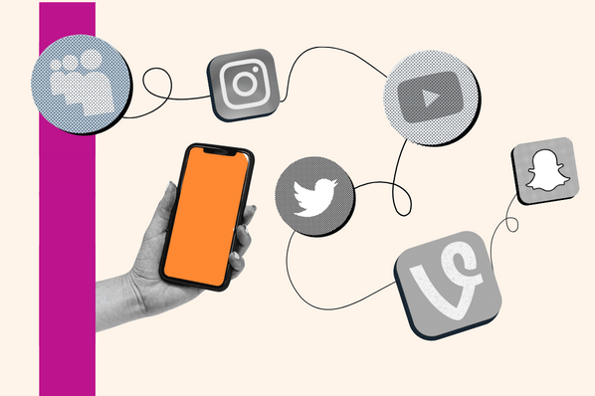
What is the history of social media?
The Early Years
Birth of The Original Social Networks
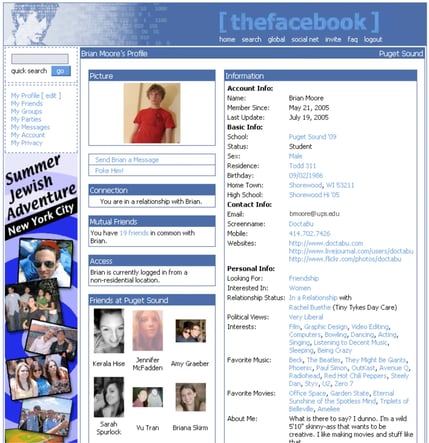
The Microblogging Era
2006 - Twitter (now X) is launched, introducing microblogging and real-time communication. It was initially meant to be an SMS-based platform for people to share short updates with their friends. Jack Dorsey, one of its founders, sent the first Tweet, and it said, “just setting up my twttr.”
2007 - Tumblr, another microblogging platform, launched and became popular among those engaging in niche fandom communities. It gained 75,000 users in two weeks and currently hosts almost 500 million blogs.
The Visual and Mobile Era

How Social Media Could Evolve Next
1. Social media will become a search engine:
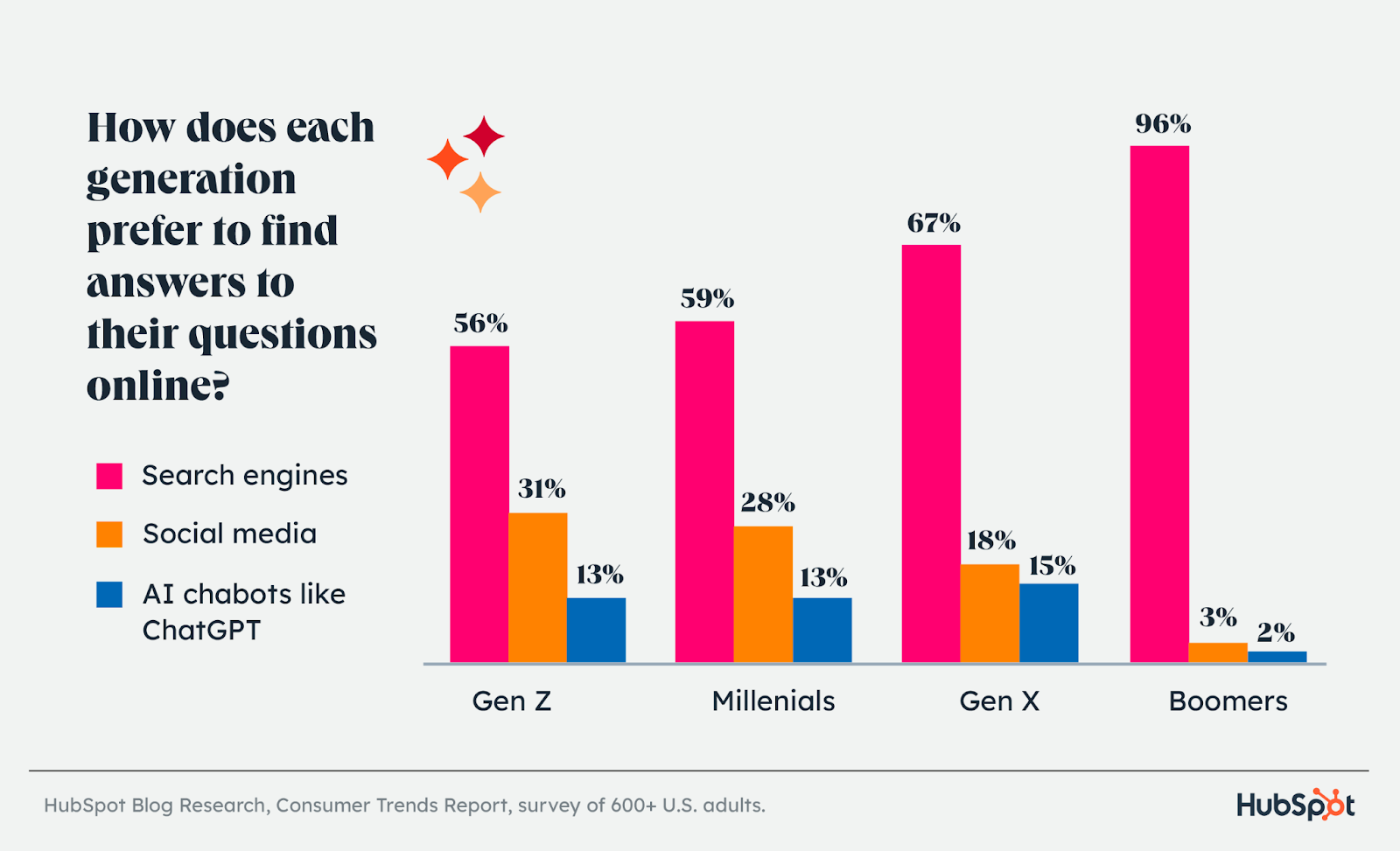
2. Social shopping is the new frontier for ecommerce.
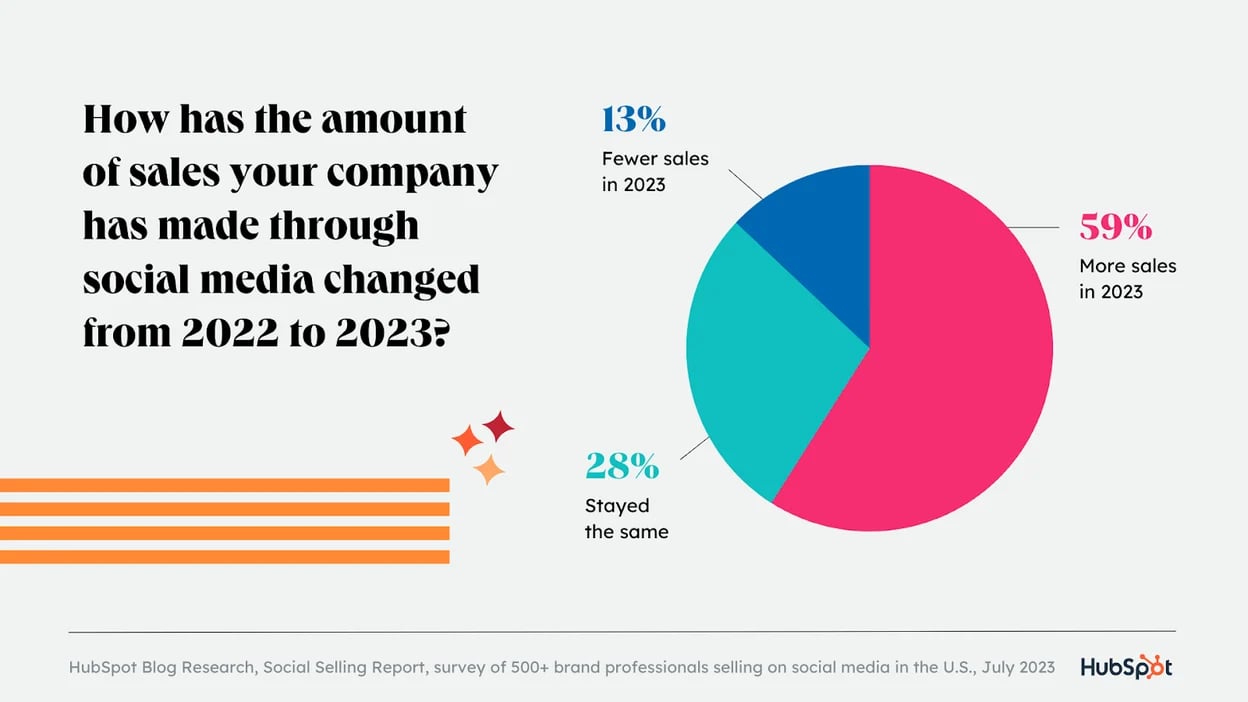
3. Social Media Customer Service
Over to You

 ValVades
ValVades ![The 2023 State of Social Media Trends [Free Report]](https://no-cache.hubspot.com/cta/default/53/3dc1dfd9-2cb4-4498-8c57-19dbb5671820.png)













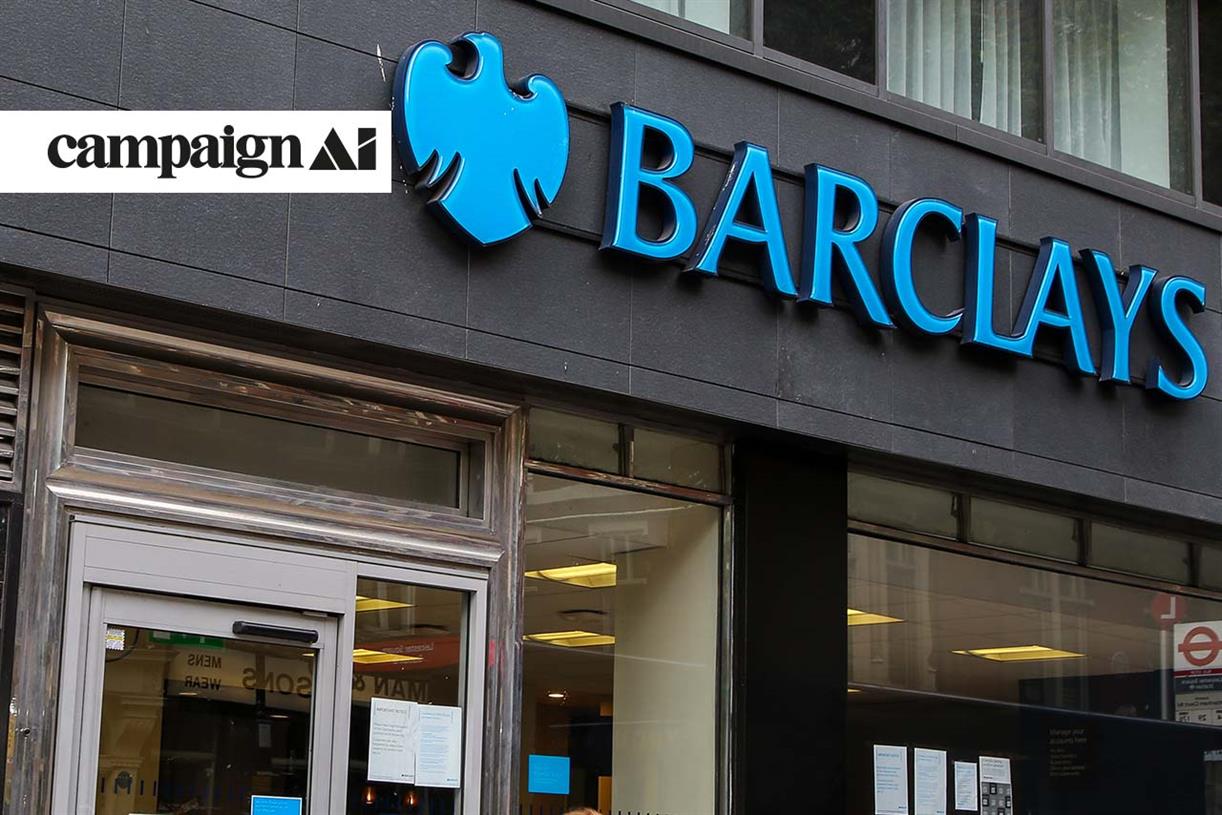






.jpg&h=630&w=1200&q=100&v=6e07dc5773&c=1)




